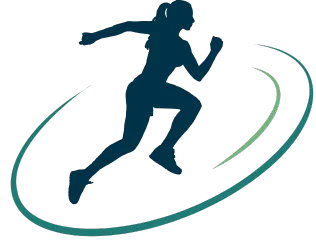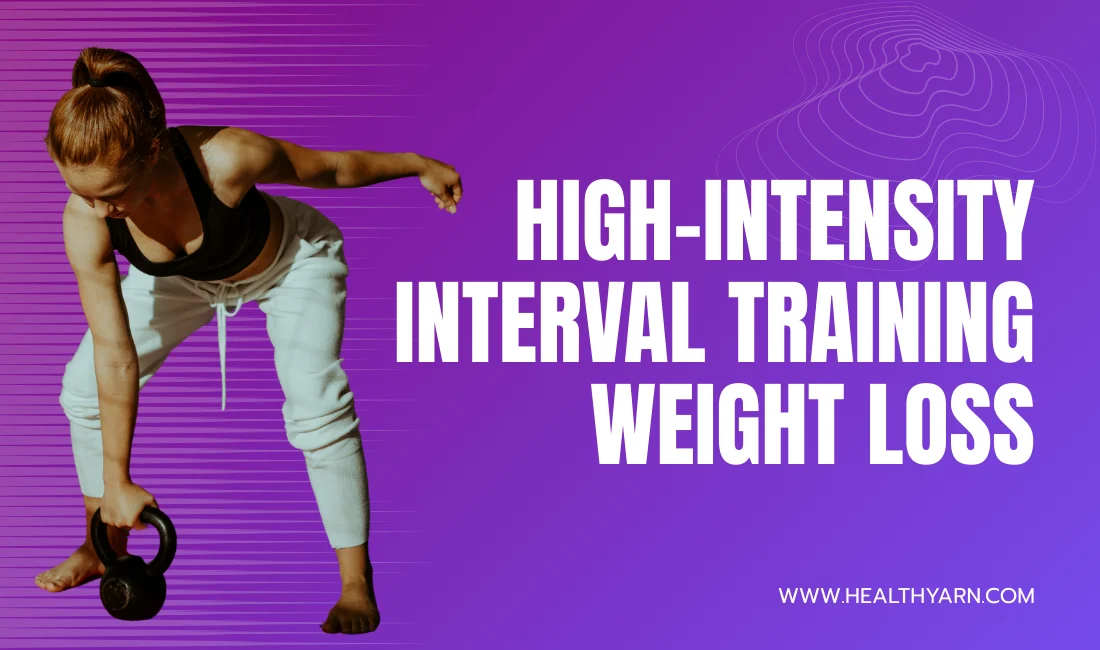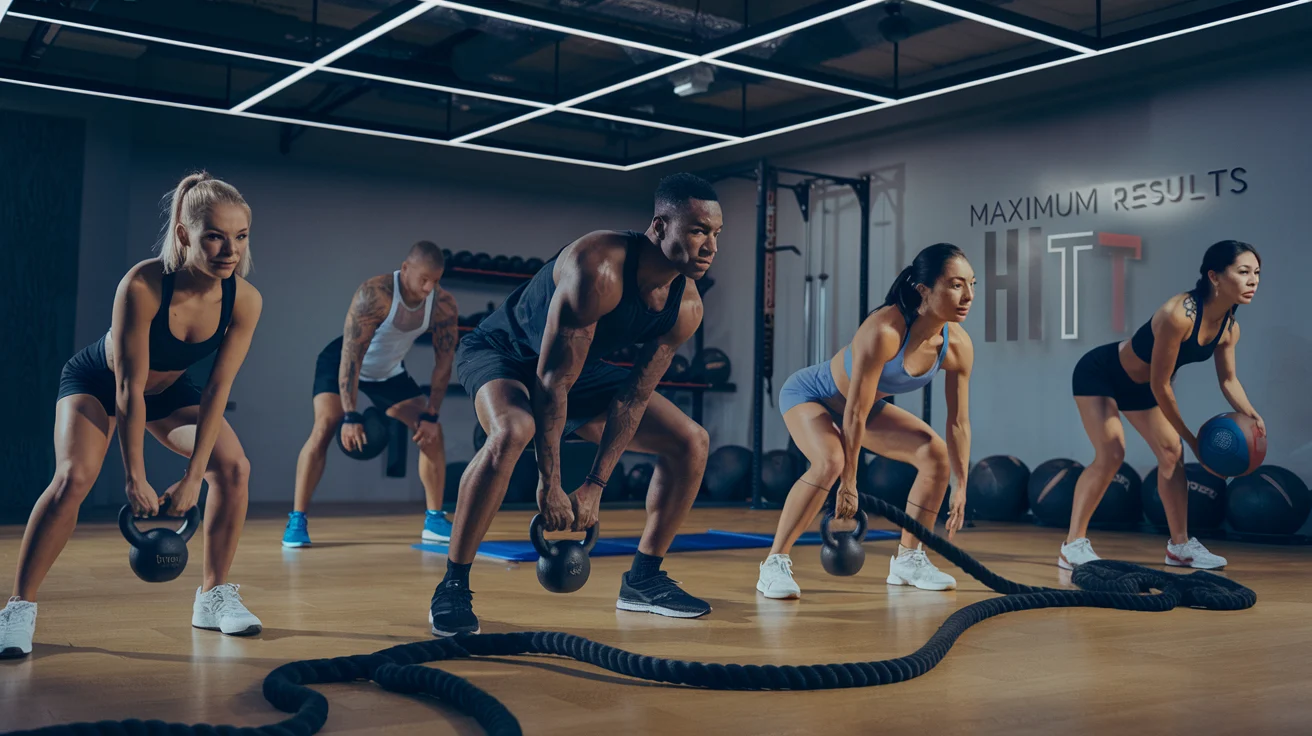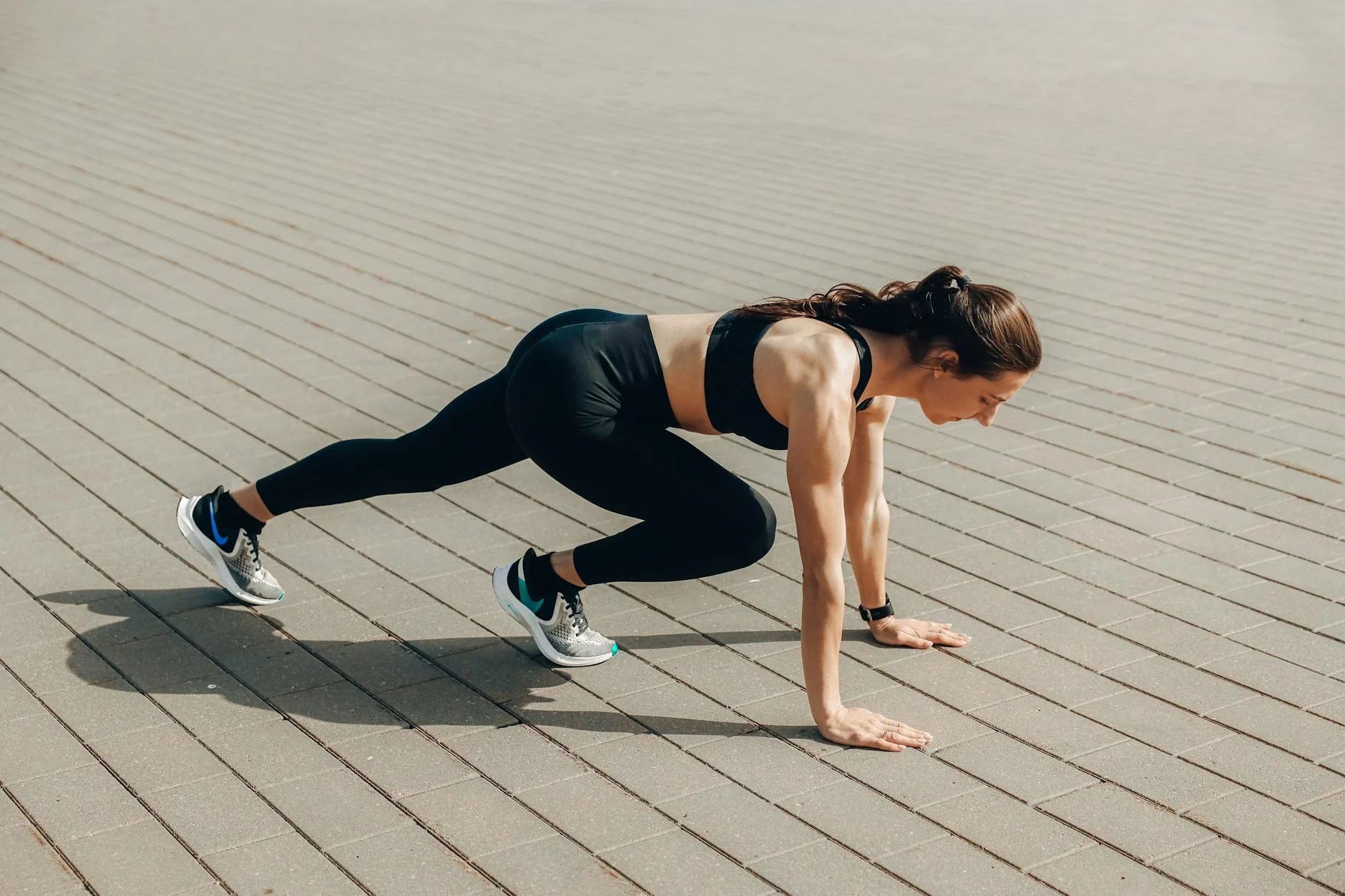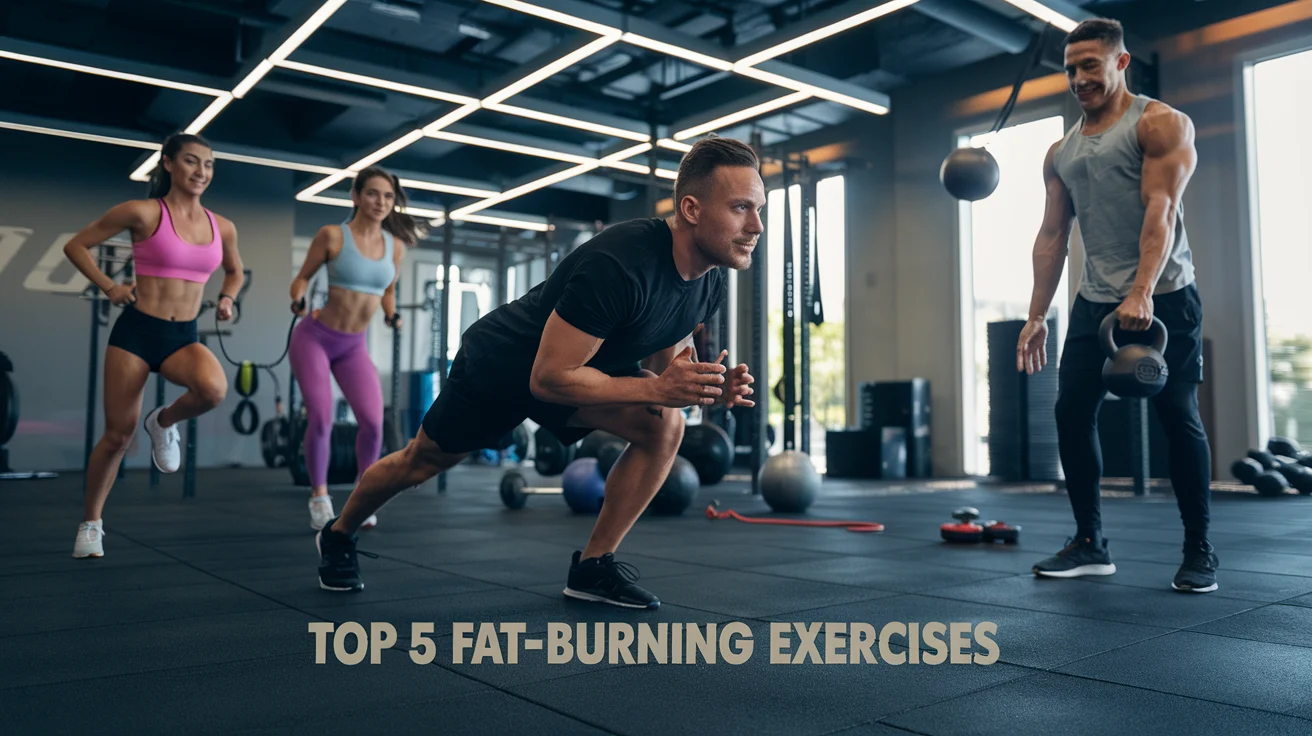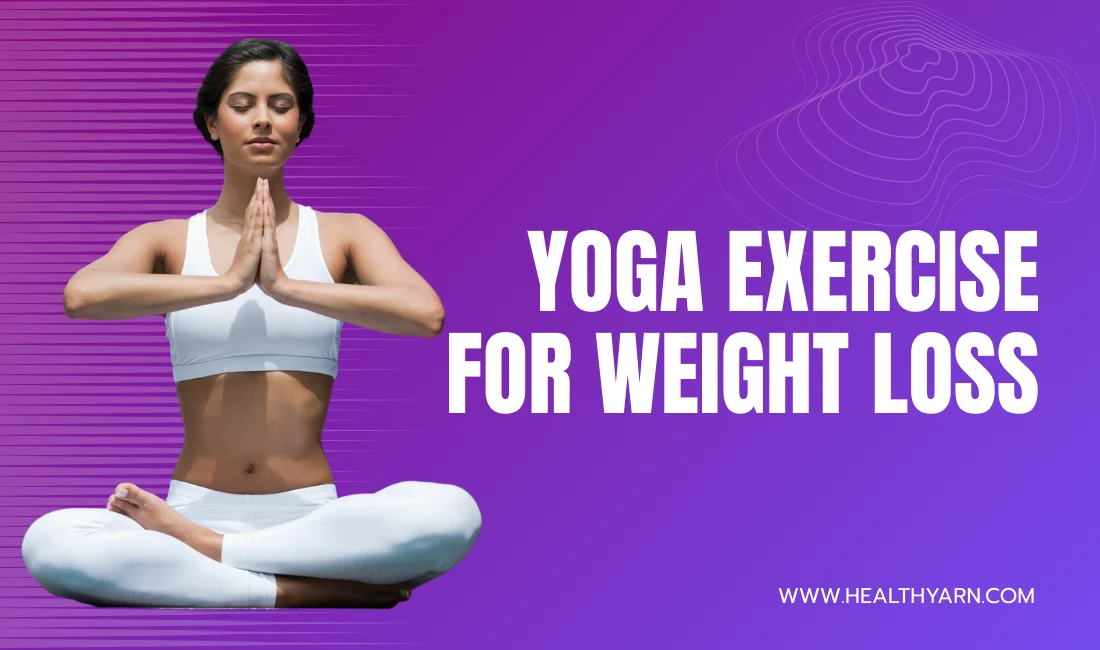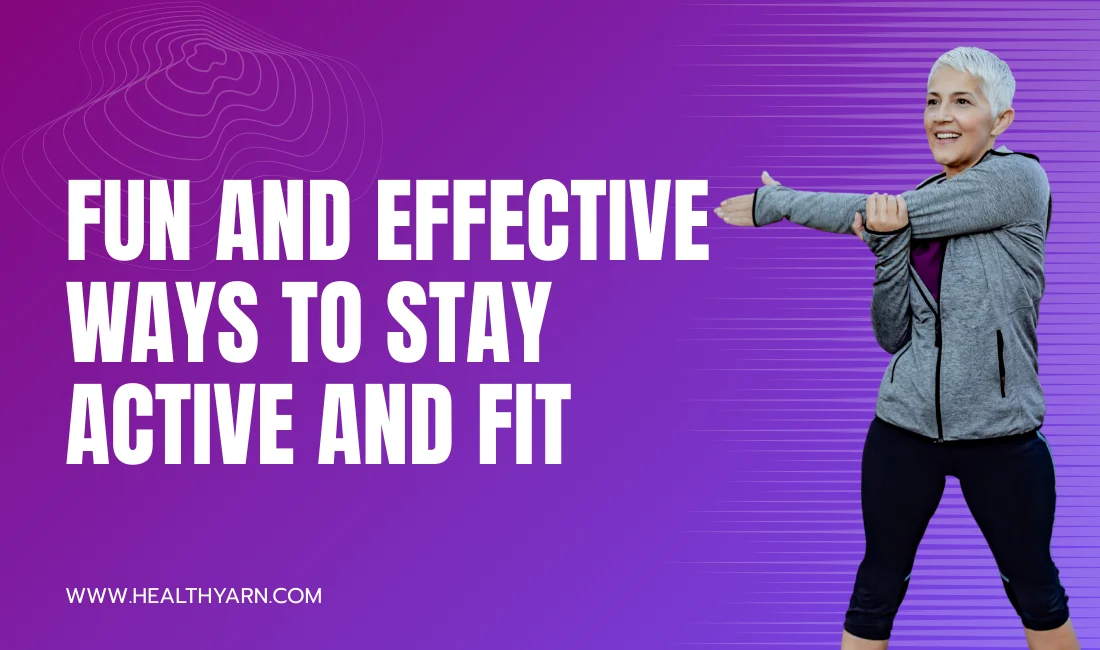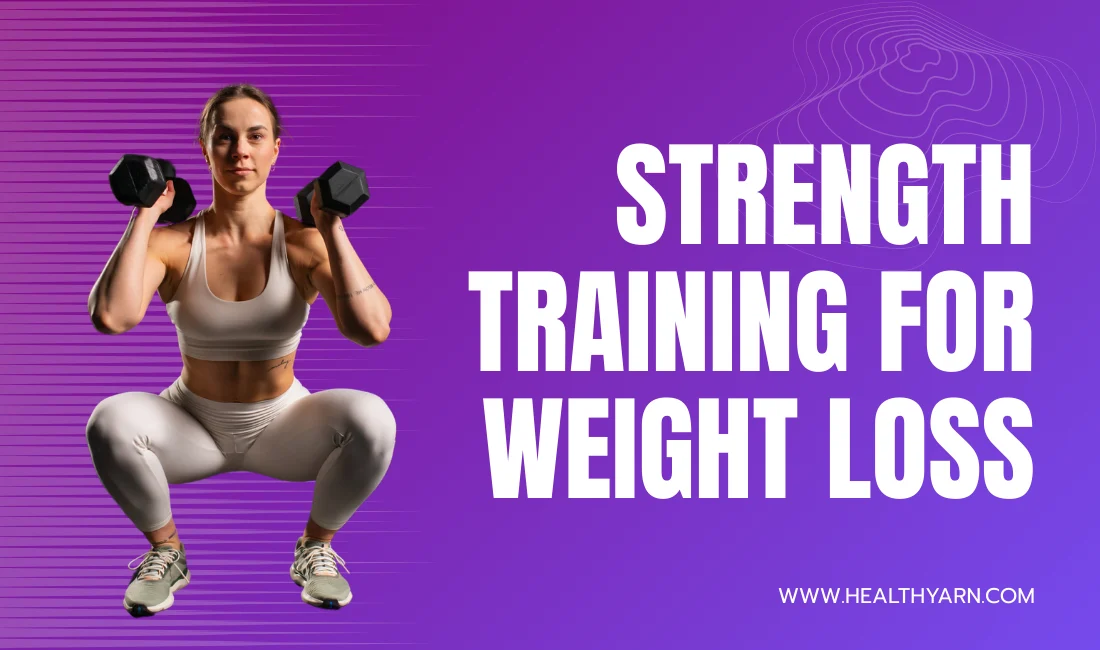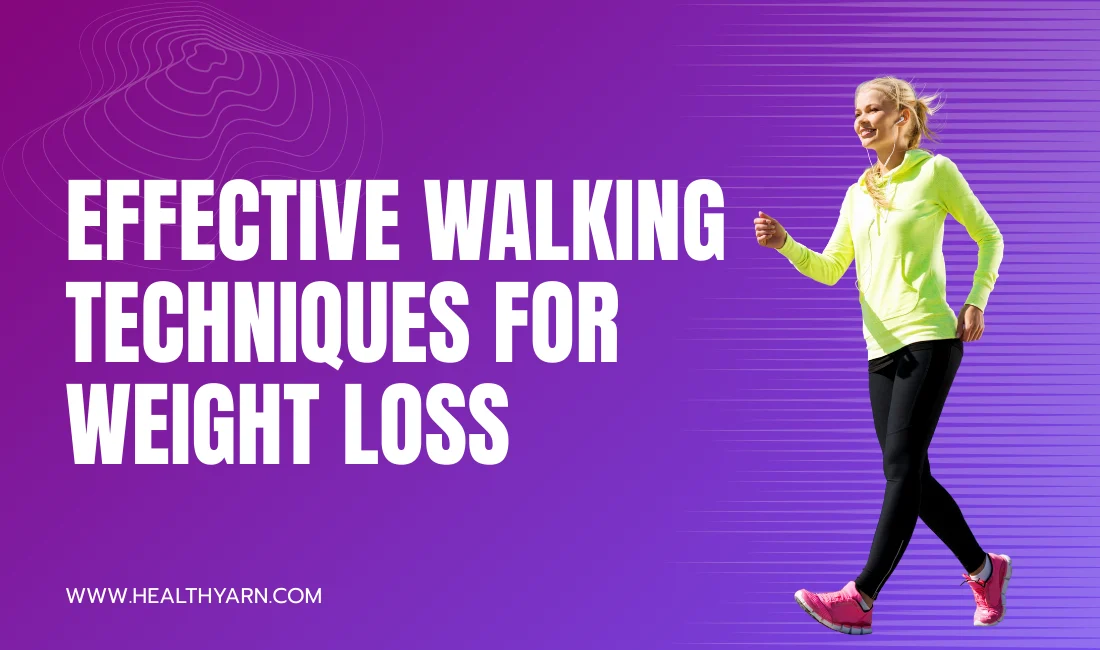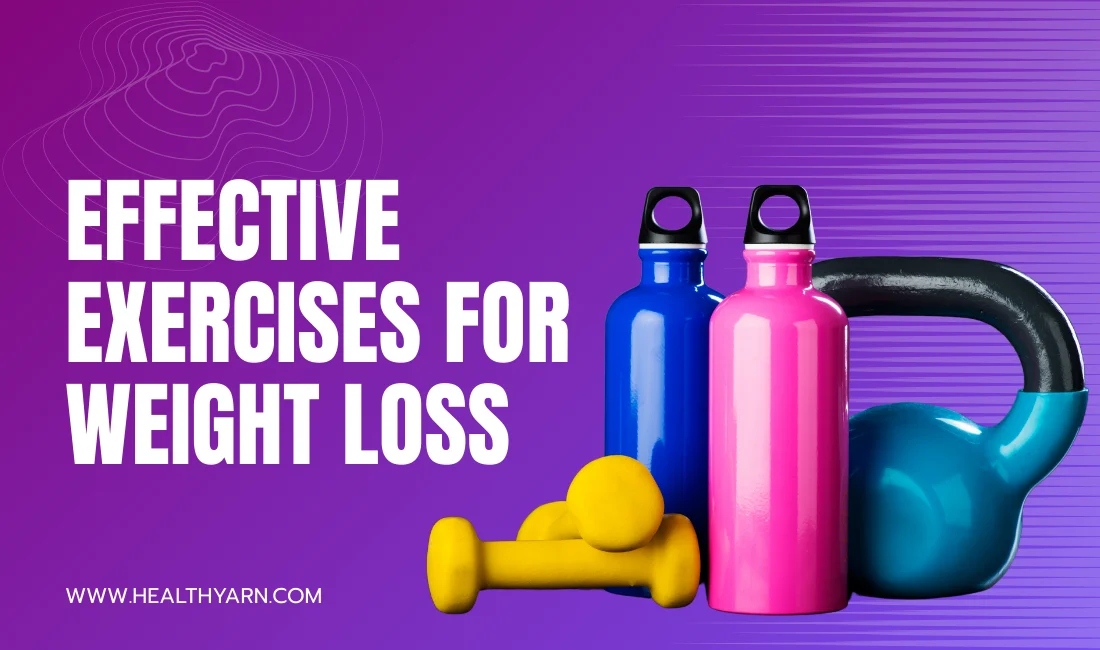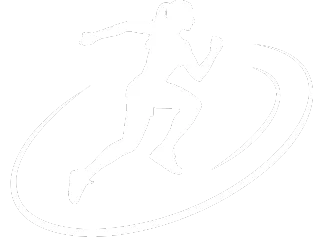Are you ready to supercharge your weight loss journey with High-Intensity Interval Training Weight Loss? Look no further than High-Intensity Interval Training (HIIT), a powerful exercise method that has gained immense popularity in recent years. In this comprehensive guide, we will delve into the world of HIIT and explore how it can help you achieve your weight loss goals. From its benefits and workout structure to safety considerations and personal success stories, we’ve got you covered. So, let’s jump right in!
Introduction to High-Intensity Interval Training Weight Loss
High-Intensity Interval Training (HIIT) is a training technique that involves alternating between intense bursts of exercise and short recovery periods. It is designed to push your body to its limits and maximize calorie burn. When it comes to weight loss, HIIT has emerged as a game-changer, offering efficient and effective workouts that deliver impressive results.
Exercise plays a crucial role in weight loss, as it helps burn calories and build lean muscle mass. HIIT takes this concept to the next level by incorporating short bursts of high-intensity exercises, elevating your heart rate, and challenging your body’s limits. By engaging in HIIT workouts, you can experience accelerated fat loss, increased metabolism, and improved overall fitness.
Benefits of HIIT for Weight Loss
The effectiveness of HIIT (High-Intensity Interval Training) for weight loss has been extensively studied, and the results are remarkable. Scientific research has consistently shown that HIIT workouts offer numerous benefits that contribute to shedding those extra pounds.
Increased Calorie Burn and Fat Loss
- HIIT workouts are characterized by short bursts of intense exercise followed by brief recovery periods. This pattern of alternating high-intensity and rest creates an oxygen debt, resulting in an elevated calorie burn during and after the workout.
- Studies have found that HIIT can significantly increase post-exercise oxygen consumption (EPOC), also known as the “afterburn effect.” This means that even after you’ve finished your HIIT session, your body continues to burn calories at a higher rate for hours, aiding in fat loss.
Metabolism Boost
- HIIT has been shown to have a profound impact on your metabolic rate. The intense nature of HIIT workouts stimulates the production of human growth hormone (HGH) and increases insulin sensitivity, both of which play a crucial role in metabolism and fat burning.
- This metabolic boost can lead to long-term weight loss benefits, as your body becomes more efficient at utilizing stored fat for energy.
Preservation of Lean Muscle Mass
- Unlike traditional steady-state cardio exercises, which may contribute to muscle loss, HIIT workouts help preserve and even build lean muscle mass.
- The combination of intense cardiovascular exercises and strength-based movements in HIIT stimulates muscle fibers and promotes muscle growth. This is important because the more lean muscle you have, the higher your resting metabolic rate, which means you’ll burn more calories throughout the day.
Time Efficiency
- HIIT workouts are well-known for their time efficiency. With busy schedules, finding time for exercise can be challenging, but HIIT offers a solution. These workouts typically range from 15 to 30 minutes, making it easier to fit them into your daily routine.
- The short duration of HIIT sessions doesn’t compromise their effectiveness. The high-intensity nature of the exercises ensures that you’re working at a maximum effort level, maximizing calorie burn and fat loss in a shorter period.
Improved Cardiovascular Health
- HIIT workouts not only help you shed pounds but also provide significant cardiovascular benefits. The intense intervals challenge your cardiovascular system, improving your heart health and increasing your aerobic capacity.
- Studies have shown that HIIT can lead to improvements in blood pressure, cholesterol levels, and overall cardiovascular fitness. This can reduce the risk of heart disease and other chronic conditions.
Incorporating HIIT into your fitness routine can be a game-changer for weight loss. Its effectiveness, time efficiency, metabolic benefits, and muscle-preserving properties make it a highly recommended form of exercise.
Structuring an Effective HIIT Workout for Weight Loss
To get the most out of your HIIT (High-Intensity Interval Training) workouts and maximize weight loss, it’s essential to structure them properly. Here are key factors to consider:
Determining Appropriate Work-to-Rest Ratios
- Work-to-rest ratios play a crucial role in HIIT workouts. The ratio refers to the amount of time you spend exercising at high intensity compared to the recovery or rest periods.
- Common work-to-rest ratios include 1:1 (equal work and rest time), 2:1 (twice as much work as rest), or even higher ratios for advanced trainees. Experiment with different ratios to find the one that challenges you while allowing sufficient recovery.
Selecting Exercises That Target Major Muscle Groups
- HIIT workouts should include exercises that engage multiple major muscle groups simultaneously. This ensures a full-body workout and maximizes calorie burn and muscle activation.
- Incorporate exercises such as burpees, squat jumps, mountain climbers, kettlebell swings, and high knees to engage multiple muscle groups and increase the intensity of your workouts.
Incorporating Both Cardiovascular and Strength Exercises
- A well-rounded HIIT workout for weight loss should combine cardiovascular exercises with strength-based movements.
- Cardiovascular exercises, such as high knees or jumping jacks, elevate your heart rate and burn calories, while strength exercises, like push-ups or lunges, help build lean muscle mass.
- By including both types of exercises, you’ll achieve a balanced workout that enhances cardiovascular fitness and promotes muscle development.
Duration and Frequency of HIIT Workouts
- The duration of a HIIT workout can vary depending on your fitness level and time availability. Aim for sessions lasting between 15 to 30 minutes to maintain the high intensity throughout the workout.
- As for frequency, start with two to three HIIT sessions per week, allowing for adequate recovery between workouts. As your fitness level improves, you can gradually increase the frequency.
Progression and Variation
- To continue challenging your body and avoiding plateau, it’s important to incorporate progression and variation into your HIIT workouts.
- Increase the intensity or duration of the intervals over time as your fitness level improves. You can also modify exercises, add new movements, or try different formats (Tabata, AMRAP, EMOM) to keep your workouts fresh and engaging.
By structuring your HIIT workouts effectively, you can optimize calorie burn, stimulate fat loss, and achieve your weight loss goals more efficiently.
HIIT vs. Steady-State Cardio for Weight Loss
When it comes to cardio exercises for weight loss, HIIT (High-Intensity Interval Training) and steady-state cardio are two popular options. Let’s compare them and highlight the advantages and disadvantages of each approach.
Comparison of Calorie Burn and Fat Loss
HIIT workouts have been found to burn more calories and fat in a shorter amount of time compared to steady-state cardio. The intense intervals in HIIT raise your heart rate significantly, leading to greater calorie expenditure.
Calorie Burn and Fat Loss
- HIIT: HIIT workouts are known for their ability to burn a significant number of calories in a short period. The intense intervals push your body to its limits, resulting in a higher post-workout calorie burn and increased fat loss.
- Steady-State Cardio: Steady-state cardio, such as jogging or cycling at a moderate intensity for an extended duration, also burns calories and contributes to weight loss. However, the calorie burn during the workout itself may be lower compared to HIIT.
Time Efficiency
- HIIT: HIIT workouts are renowned for their time efficiency. Since they involve alternating periods of intense effort and rest, you can complete a highly effective workout in a shorter amount of time, typically ranging from 15 to 30 minutes.
- Steady-State Cardio: Steady-state cardio workouts usually require a longer duration to achieve similar calorie burn as HIIT. It may take 45 minutes to an hour or more to reach the same level of exertion and calorie expenditure.
Metabolic Boost
- HIIT: HIIT has been shown to elevate your metabolism for hours after the workout. This means your body continues to burn calories at an accelerated rate even when you’re at rest, resulting in additional weight loss benefits.
- Steady-State Cardio: While steady-state cardio can provide an immediate calorie burn, it may not have the same prolonged metabolic effect as HIIT.
Impact on Muscle Mass
- HIIT: HIIT workouts typically involve a combination of cardiovascular exercises and strength-based movements. This can help preserve and even build muscle mass, which is important for maintaining a healthy metabolism and achieving a toned physique.
- Steady-State Cardio: Steady-state cardio exercises primarily focus on cardiovascular endurance and may have less impact on muscle development.
Variety and Adaptability
- HIIT: HIIT workouts offer a wide range of exercises and formats, allowing for endless variety and the ability to adapt the routine to suit different fitness levels and preferences. This versatility helps prevent boredom and keeps you motivated.
- Steady-State Cardio: Steady-state cardio exercises often involve repetitive movements at a steady pace, which may become monotonous over time.
Considerations for Beginners
- HIIT: HIIT workouts can be intense and physically demanding, making them more suitable for individuals with a moderate to high fitness level. Beginners may need to gradually build up their stamina and intensity to avoid overexertion or injury.
- Steady-State Cardio: Steady-state cardio is generally more accessible for beginners due to its lower intensity and steady pace. It allows individuals to gradually increase their endurance and fitness level.
It’s important to note that both HIIT and steady-state cardio have their place in a well-rounded fitness routine. Incorporating a combination of both can provide optimal results, balancing the benefits of high-intensity intervals and longer-duration cardio sessions.
When choosing between HIIT and steady-state cardio, consider your fitness level, time availability, goals, and personal preferences. It may also be beneficial to consult with a fitness professional to design a cardio program tailored to your specific needs.
Advantages of HIIT
One major advantage of HIIT is the time efficiency it offers. With shorter workout durations, you can achieve comparable or even better weight loss results compared to longer steady-state cardio sessions. HIIT also helps preserve muscle mass, which is crucial for maintaining a healthy metabolism.
Advantages of Steady-State Cardio
Steady-state cardio, such as jogging or cycling at a moderate pace, can be a great option for individuals who prefer low-impact exercises or have certain health conditions. It provides a consistent calorie burn over an extended period and can contribute to overall cardiovascular health.
Factors to Consider
When choosing between HIIT and steady-state cardio, consider your fitness level, preferences, and any underlying health conditions. It’s essential to select a workout style that you enjoy and can sustain in the long run, as consistency is key for weight loss success.
Maximizing Weight Loss Results with HIIT
To make the most of your HIIT workouts and optimize weight loss, keep the following factors in mind:
- Intensity and Effort Level during HIIT Workouts: Pushing yourself to your maximum effort during intense intervals is crucial for maximizing calorie burn and fat loss. Challenge your limits, but also listen to your body to avoid overexertion or injuries.
- Importance of Progressive Overload and Workout Variation: To continue seeing progress and prevent plateaus, incorporate progressive overload techniques into your HIIT workouts. This can include increasing the intensity, duration, or complexity of exercises over time. Additionally, vary your workouts to keep your body challenged and prevent boredom.
- Incorporating HIIT into an Overall Fitness Routine: HIIT is most effective when combined with a well-rounded fitness routine. Include strength training, flexibility exercises, and other forms of cardio to create a comprehensive program that supports your weight loss goals.
- Combining HIIT with a Balanced Diet for Optimal Weight Loss: While exercise is essential, weight loss also heavily relies on a balanced diet. Combine your HIIT workouts with a nutrition plan that focuses on whole foods, portion control, and a calorie deficit to achieve optimal results.
- Recovery and Rest Days: Adequate rest and recovery are crucial for allowing your body to repair and adapt to the high-intensity demands of HIIT. Make sure to incorporate rest days into your workout schedule and prioritize sleep for optimal weight loss results.
- Tracking Progress and Setting Goals: Keep track of your HIIT workouts, including the exercises, duration, and intensity. Set specific goals for yourself, whether it’s increasing the number of repetitions, reducing rest time, or improving overall endurance. Regularly reassess and adjust your goals as you progress.
- Consistency and Commitment: Consistency is key when it comes to HIIT and weight loss. Aim for regular workouts, ideally three to five times per week, to maintain momentum and see sustainable results. Make HIIT a part of your lifestyle rather than a short-term solution.
Remember, always listen to your body and consult with a healthcare professional before starting any new exercise program, especially if you have any underlying health conditions or injuries.
By incorporating these factors into your HIIT routine, you can maximize the effectiveness of your workouts and achieve your weight loss goals more efficiently.
HIIT Workouts for Weight Loss at Home
Whether you prefer working out in the comfort of your own home or have limited access to gym equipment, you can still achieve remarkable weight loss results with HIIT. Here are some sample workout routines for different fitness levels:
Beginners:
- 30 seconds of jumping jacks
- 30 seconds of bodyweight squats
- 30 seconds of push-ups (on knees if needed)
- 30 seconds of high knees
- 30 seconds of rest
Repeat this circuit for 15-20 minutes, gradually increasing the intensity and duration as you progress.
Intermediate:
- 45 seconds of burpees
- 45 seconds of mountain climbers
- 45 seconds of dumbbell thrusters
- 45 seconds of jump lunges
- 30 seconds of rest
Repeat this circuit for 20-25 minutes, challenging yourself with heavier weights or increased speed as appropriate.
Advanced:
- 60 seconds of kettlebell swings
- 60 seconds of box jumps
- 60 seconds of battle rope slams
- 60 seconds of tuck jumps
- 45 seconds of rest
Repeat this circuit for 25-30 minutes, pushing your limits and aiming for maximum intensity.
Remember to modify exercises or choose alternatives if you have limited space or equipment. There are plenty of bodyweight exercises that can be just as effective.
Tips for Staying Motivated and Accountable When Exercising at Home
Working out at home can present unique challenges, but with the right strategies, you can stay motivated and accountable:
- Set specific goals and track your progress.
- Create a dedicated workout space and eliminate distractions.
- Find a workout buddy or join online fitness communities for support.
- Mix up your workouts to prevent boredom.
- Reward yourself for achieving milestones.
Conclusion
High-Intensity Interval Training (HIIT) has revolutionized the fitness world, offering a powerful tool for weight loss. With its ability to torch calories, boost metabolism, and deliver efficient workouts, HIIT is a game-changer for those seeking to shed excess pounds.
By structuring your HIIT workouts effectively, incorporating variety, and combining them with a balanced diet, you can maximize your weight loss results. Remember to prioritize safety, listen to your body, and gradually increase the intensity as you progress.
So, are you ready to unleash the power of HIIT and take your weight loss journey to new heights? Get moving, stay committed, and watch the incredible transformations unfold!
